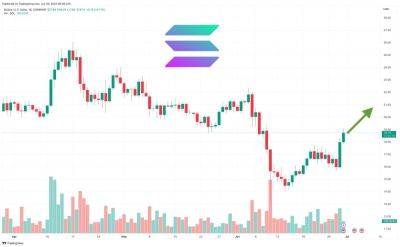Term life insurance is often best, financial advisors say — but most people buy another kind
There are two broad categories of life insurance, and data suggests many households aren't buying the most cost-effective one.
Americans bought 4.1 million term insurance policies in 2021, accounting for 40% of all individual policies purchased that year, according to the most recent data from the American Council of Life Insurers. About 6.3 million policies, or 60%, were permanent life insurance.
But this doesn't seem to jibe with financial advisors' general recommendation.
«Most people just need term insurance,» said Carolyn McClanahan, a certified financial planner based in Jacksonville, Florida, and a member of CNBC's Advisor Council.
More from Personal Finance: How many credit cards should you have? The answer isn't zero Americans think they will need nearly $1.3 million to retire Republicans, Democrats divided on Social Security reform
Life insurance is a form of financial protection that pays money to beneficiaries, such as kids or a spouse, if a policyholder dies.
Term insurance only pays out a death benefit during a specified term, perhaps 10, 20 or 30 years. Unless renewed, the coverage lapses after that time.
By contrast, permanent insurance policies — such as whole life and universal life — offer continuous coverage until the policyholder dies. They're also known as cash value policies since they have interest-bearing accounts.
Permanent insurance is generally more costly, advisors said. Policy premiums are spread over a longer time, and those payments are used to cover insurance costs and build up cash value.
«Term insurance will probably be the most cost-effective way to address survivor income needs, especially for minor children,» said Marguerita Cheng, a CFP based in Gaithersburg, Maryland, also a
Read more on cnbc.com






















